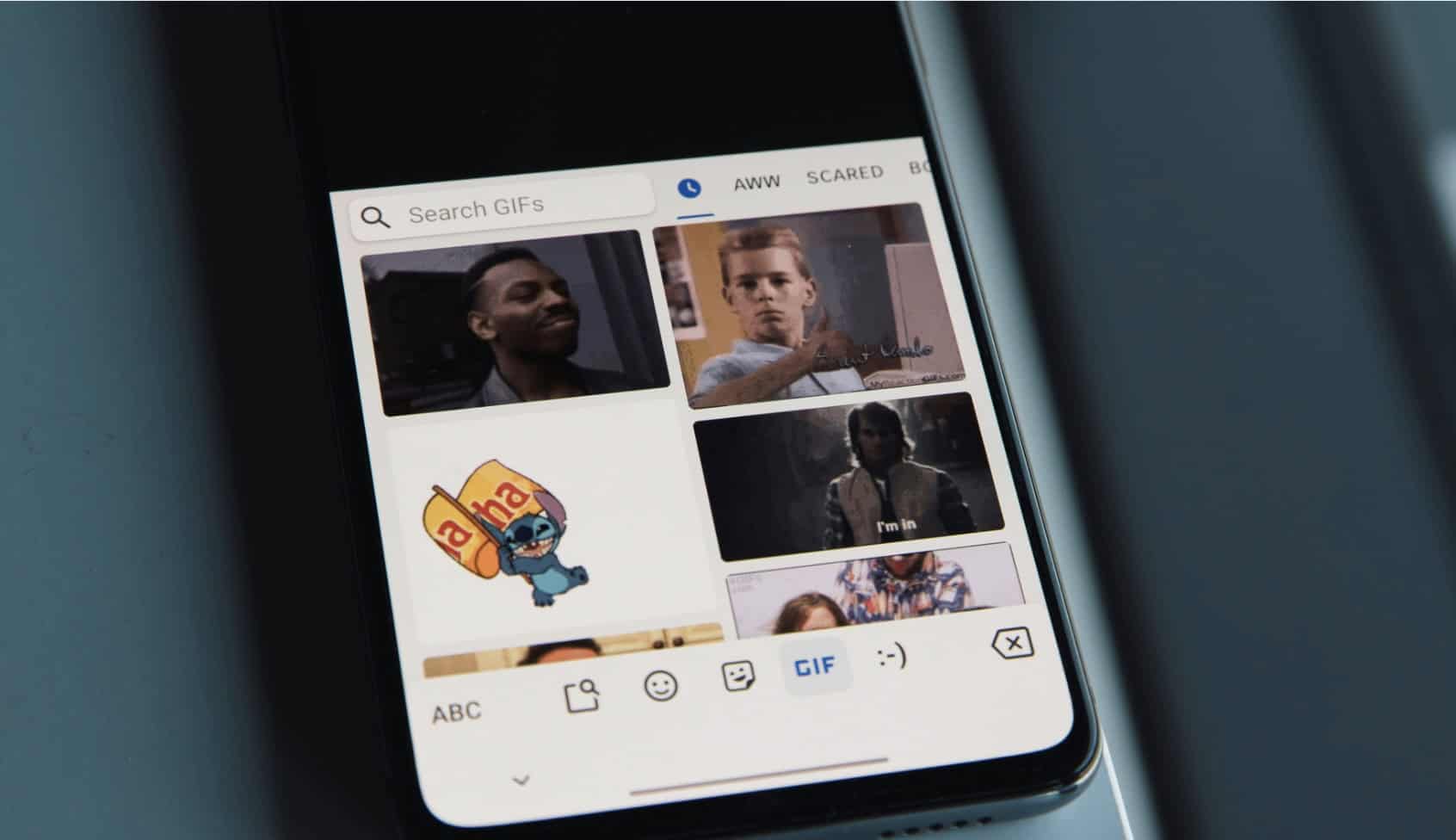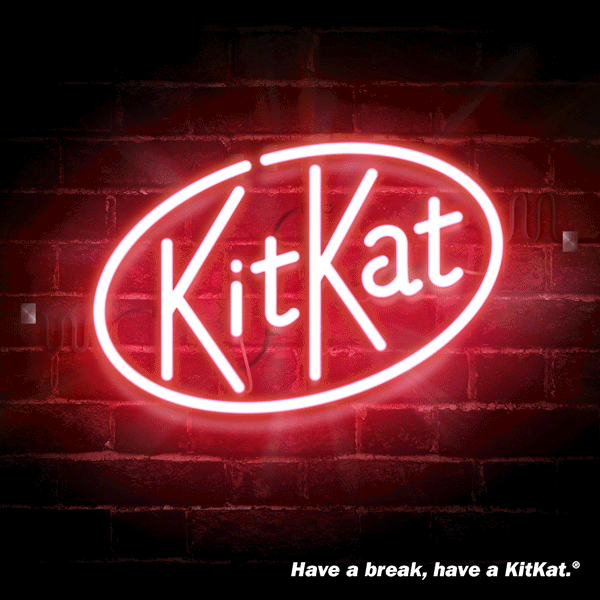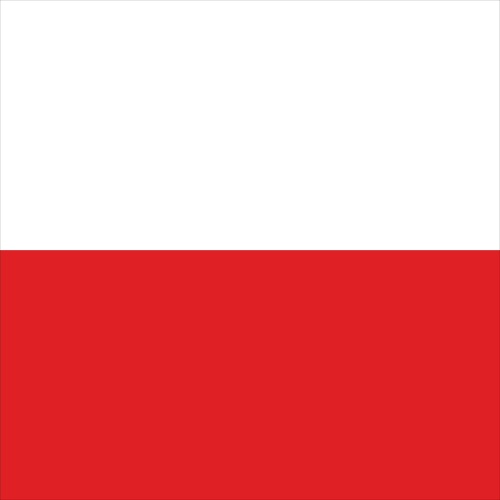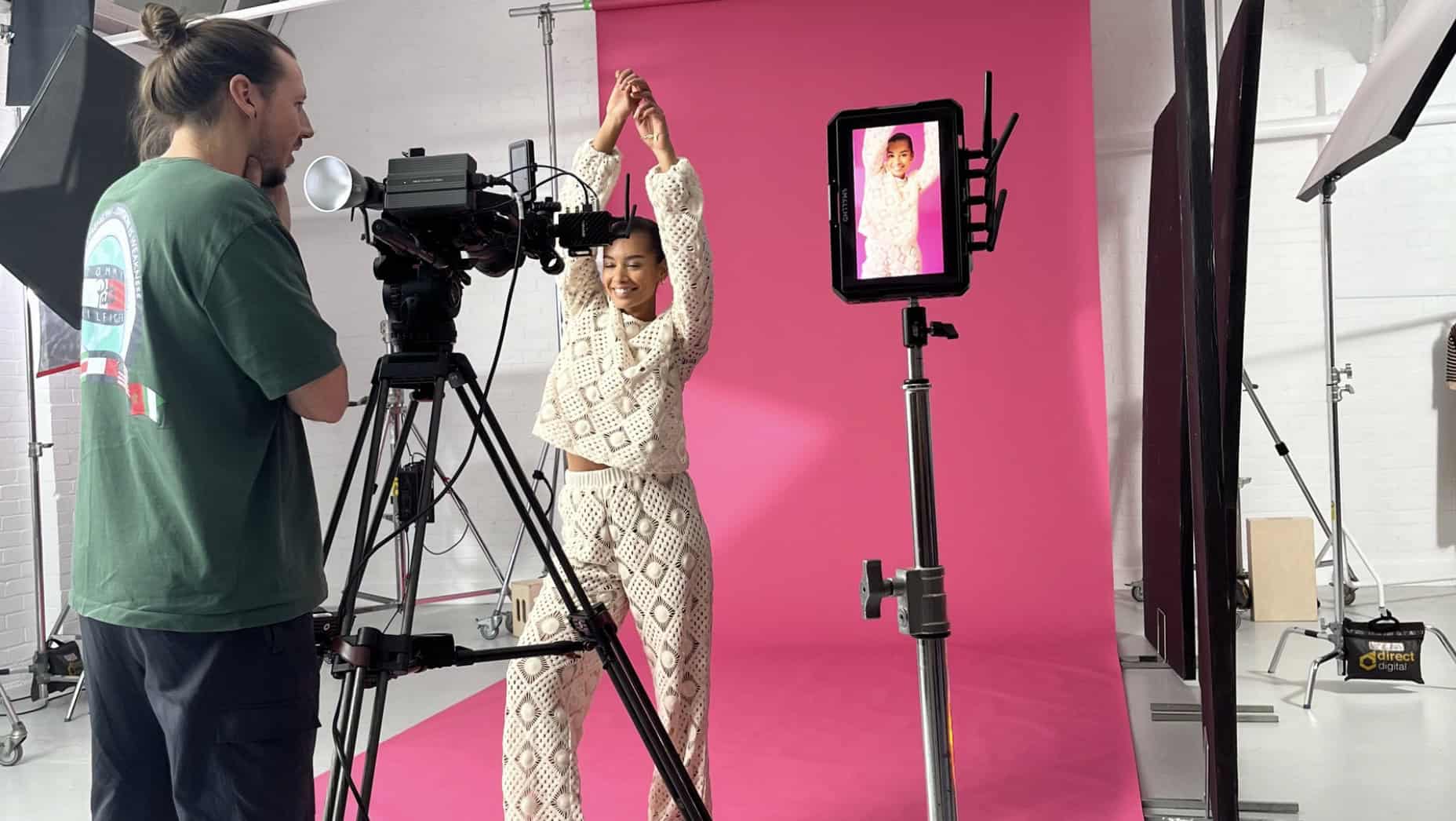
In the 25 or so years that GIFS have been around we’ve seen where and how they’re used online change considerably.
An abbreviation of Graphic Interchange Format, the GIF was introduced by CompuServe in 1987 and over the years has been tweaked to create the multiple image version we know today.

Synonymous with websites such as Tumblr and the trend of memes, the format has recently seen a new lease of life with Twitter and Instagram offering users the ability to include the file type in their posts. Facebook isn’t far behind on this either as they continue to expand their video hosting offer.
As a result of this brands such as KitKat, Bacardi and Toyota are now seeing the GIF as an integral part of their social marketing.
But what exactly are the key advantages of using this short-form video format?

Firstly they’re universal...
As well as being a format that is widely consumed and curated by users and therefore a huge part of digital culture, they are also relatively small in file size terms, which in turn means they’re more accessible in low bandwidth areas of the world. Couple this with their visual appeal and they become a global format that can cross geographical, cultural and linguistic differences.
They’re short...
With the average view time for most online videos becoming shorter and shorter, the GIF offers an immediacy that isn’t necessarily achievable through longer formats. Their short nature and auto-play capability on a variety of social sites mean they are more eye-catching in an already over-crowded market place, overloaded by video content.

Further signs of its increasing relevance can be seen in Giphy’s investment of an in-house creative team called 'The Studio at Giphy', as they look to create GIF based marketing content for a variety of brands.
How ever this format develops in the future, it's clear that there is an emerging market space for brands to occupy, with an immediacy and relevance for users already saturated by daily video content.


